Hungry Horace
 Game Meta:
Game Meta:“Hungry Horace” offered gameplay based of the popular arcade game “Pac-Man”, it was celebrated as the first arcade game for the Spectrum. It was one of the few Spectrum games that were also available in ROM format. It formed part of the “Horace” series, which included “Horace Goes Skiing” and “Horace and the Spiders” and the unpublished “Horace to the Rescue”.
Horace is a blue blob with arms and legs, who wanders around a maze, picking the flowers, collecting fruit and avoiding the park guards, who are out to capture him. He is able to momentarily scare the guards, making them vulnerable, by ringing a bell in the maze. If Horace is able to escape capture and leave the maze, he moves to the next, more challenging level.
Play Hungry Horace at the Internet Archive
Keyboard Controls: left “1”, right “2”, up “3” down “4”
Version information:
“Hungry Horace” was programmed by William Tang, but Alfred Milgrom contributed to the design of the inimitable Horace, a character created using minimum grid available. Milgrom sent a copy of the game to Psion Software in the UK. Psion was founded by Dr David Potter an Academic and author in computational science, at the time Psion was one of the biggest players in the UK games industry had close ties with Sinclair Research. On receiving the game from Australia, Potter recall that they tidied it up for publication including giving it the name “Hungry Horace”.* It was Psion’s close relationship with Sinclair Research which saw the Horace Games packaged with ZX Spectrum making it one of the first home computer game experiences for many people.
William Tang wrote and designed “Hungry Horace”, Psion Software is also credited. Gregg Barnett did the Commodore 64 conversion completely rewriting the games to work with the C64.
*Interview with Dr David Potter on Psion and Hungry Horace recounted in “Grand Thieves & Tomb Raiders: How British Videogames Conquered the World” by Magnus Anderson & Rebecca Levene, Atrium, London 2012.
Screenshots:
Box Art:
Media Coverage:
Gameplay videos:
Additional Game Releases
Hungry Horace
The 1983 Commodore 64 version of Hungry Horace was programmed by Gregg BarnettPlatform/s: Commodore 64
Developer: Gregg Barnett - Programming
Company: Beam Software - Developer
Company: Melbourne House - Publisher
Hungry Horace
1983Platform/s: Timex
Developer: William Tang - Design
Company: Psion Software Ltd - Developer
Company: Sinclair Research Ltd - Publisher
Hungry Horace
1983Platform/s: Dragon 32
Company: Beam Software - Developer
Company: Melbourne House - Publisher

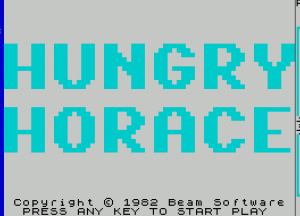
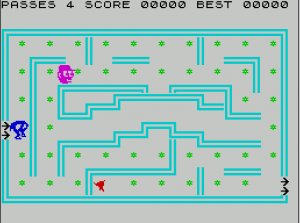
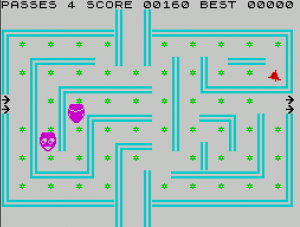
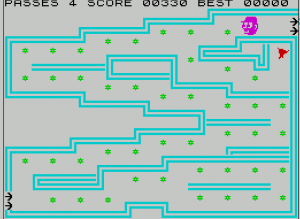
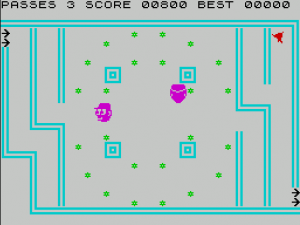


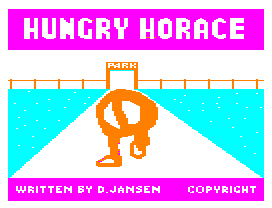
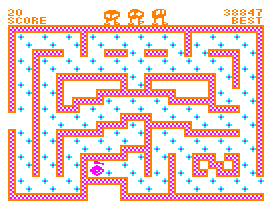
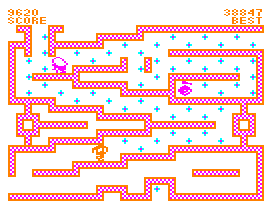


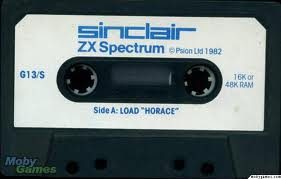



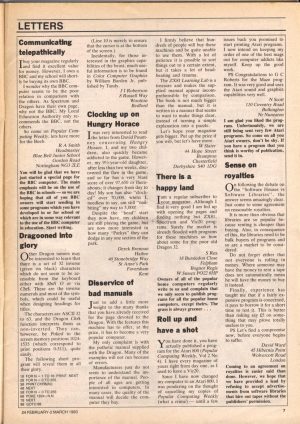
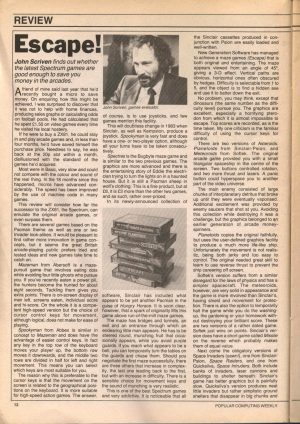
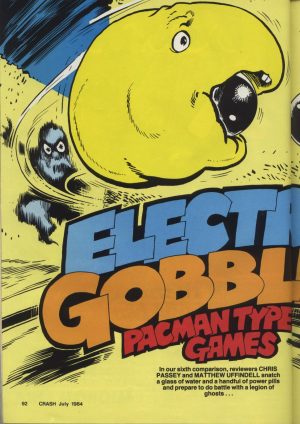
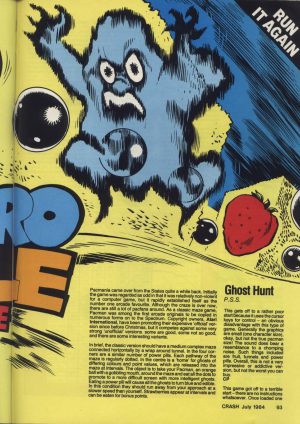
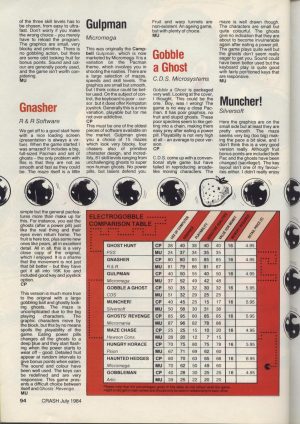
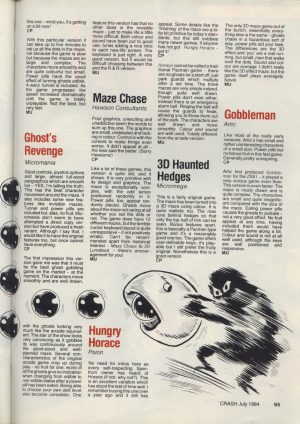
Pingback: Play It Again: Remembering 1980's Gaming | AUSRETROGAMER
Nottingham’s Game City Festival in October 2013 included a Horace Hunt
http://festival.gamecity.org/news/heres-horace
Commodore User
Issue 2 (Nov 83)
3/5
Pingback: Home Computing - RetroTech - Get Caerphilly Online
Hungry Horace was a character from “Beano” Comics.! In their 2012 “Grand Thieves and Tomb Raiders: How British Video Games Conquered the World” Magnus Anderson and Rebecca Levene feature an interview with Dr David Potter from Psion Software who recounts the shock of discovering that the name of William Tang’s game that they had just tidied up for publication was the name of character from the very popular UK “Beano” Comics. Potter recalls how he contacted DC Thompson, “Beano”‘s publisher, and simply explained the situation, pointing out how different games were to comics. DC Thompson agreed that Psion could publish under that name and did not even ask for a fee.
World domination seems to be part of Horace’s more recent agenda. Check out “Hungry Horace” in the 2006 ACMI exhibition “Hits of the 1980s: Aussie games that rocked the world”. Horace doing some bipartasan world domination. http://pandora.nla.gov.au/pan/52367/20110309-0639/www.acmi.net.au/hits_80s_home.html
“Beano” Hungary Horace image from Comic Vine http://www.comicvine.com/hungry-horace/4005-66082/issues-cover/
Attached image:
Pingback: Home Computing – #GCORetroTech